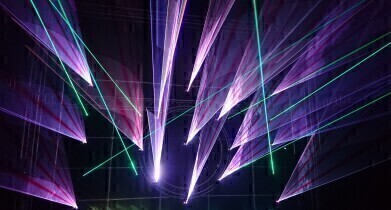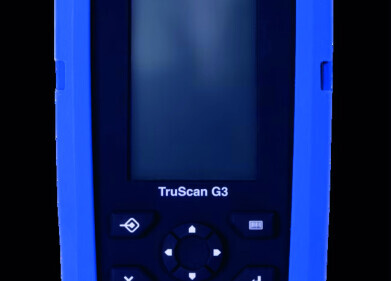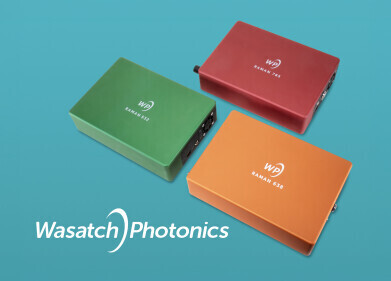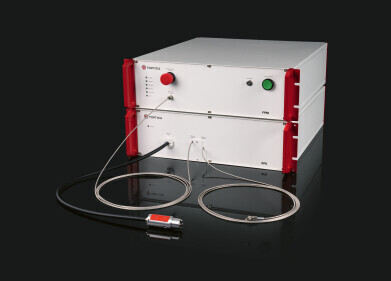Raman Spectroscopy
What is Raman Spectroscopy?
Dec 03 2022
Accurate, sensitive and non-destructive, Raman Spectroscopy is one of the most useful analytical techniques available to scientists. The spectroscopic light scattering technique is a mainstay in modern labs and used to identify individual molecules using vibrational patterns. Read on to find out more about how Raman Spectroscopy works and some of the different applications for the light scattering technique.
The goals of Raman Spectroscopy
Raman Spectroscopy is an advanced chemical analysis technique used to uncover information about the chemical signature of a material. The goals of Raman Spectroscopy include determining the following:
- Chemical structure
- Crystallinity
- Phase
- Polymorphic properties
- Intrinsic stress/strain
- Purity
- Contamination
The role of light
Light is a fundamental element of Raman Spectroscopy. The technique uses a laser to bathe analytes in high intensity monochromatic light. Molecules scatter the light as it hits the analyte and reveal information about its chemical structure. Let’s dive a little deeper into this phenomenon, which is known as the Raman Scatter.
The Raman Scatter
Most of the scattered light reflected by the analyte is at the same wavelength as the laser source. Light in this wavelength is called Rayleigh Scatter. However, a miniscule percentage of light scatters at different wavelengths. This is called Raman Scatter and usually accounts for 0.0000001% of light. It’s this Raman Scatter light that offers information about the unique chemical structure of a material. For example, the Raman Scatter created by ethanol will be different to the Raman Scatter created by methanol.
Raman spectral libraries
Many labs rely on spectral libraries to analyse Raman Scatter data and identify materials. These digital libraries store huge volumes of spectral data and help scientists quickly and accurately determine the chemical structure of a sample.
Applications for Raman Spectroscopy
The ability to create chemical fingerprints in a matter of seconds makes Raman Spectroscopy an invaluable tool in modern labs. The latest Raman Spectroscopy instruments are highly sensitive and can analyse samples with pinpoint accuracy - 0.5 µm to be specific.
This makes Raman Spectroscopy useful for any application that calls for chemical microanalysis in the nanometre range. For example, drug development and pharmaceuticals labs rely on the technique to analyse novel therapies. Materials research and engineering labs use Raman Spectroscopy to assess the performance of products and determine elemental composition. Light scattering is also a workhorse in forensic labs. Scientists use the technique to source evidence that’s invisible to the naked eye. This includes the identification of body fluids, drugs, fibres, inks and other substances.
Want to know more about the latest Raman Spectroscopy developments? Get up to speed with ‘Hyphenated electrochemical-Raman spectroscopy: Another dimension for your research’.
Digital Edition
ILM 49.5 July
July 2024
Chromatography Articles - Understanding PFAS: Analysis and Implications Mass Spectrometry & Spectroscopy Articles - MS detection of Alzheimer’s blood-based biomarkers LIMS - Essent...
View all digital editions
Events
Jul 28 2024 San Diego, CA USA
Jul 30 2024 Jakarta, Indonesia
Jul 31 2024 Chengdu, China
ACS National Meeting - Fall 2024
Aug 18 2024 Denver, CO, USA
Aug 25 2024 Copenhagen, Denmark





24_06.jpg)













